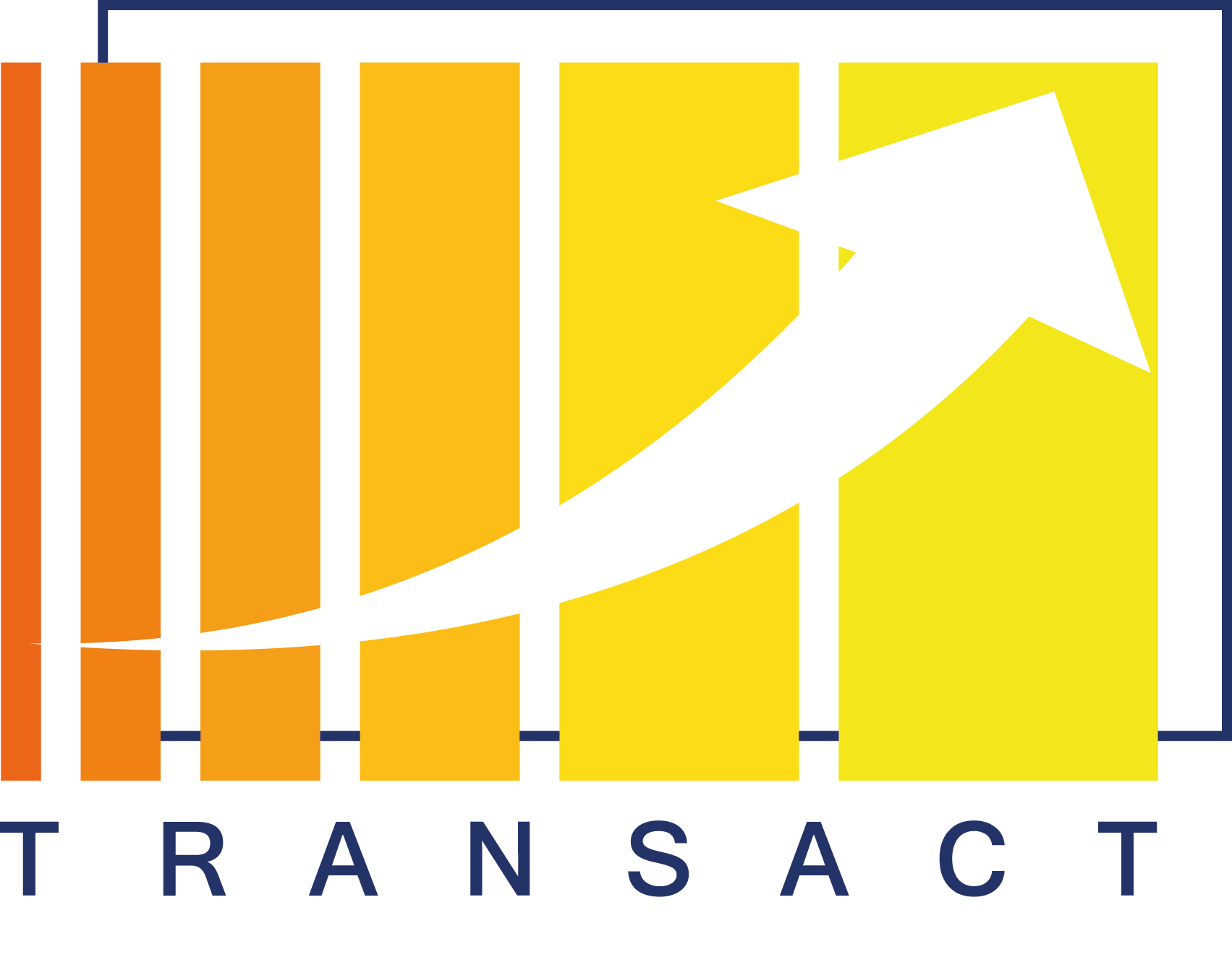In recent times, communication-enabled computing functionality based on sensor technology has emerged as the key aspect of all kinds of intelligent systems meant to simplify our everyday lives. Besides the increasing autonomy of automotive systems, enhanced health monitoring and diagnostics of medical devices, also smart capabilities of manufacturing and process control systems as well as the augmented perception of cognitive robotics, a.o., are paving the way for rapid innovations which will shape the future of the global economy and society. It is the deep integration of software and physical components, which enables the underlying Cyber-Physical Systems (CPS) to interact with and influence the environment in which they are embedded appropriately to fulfill their intended purpose. At the same time, this interdependence constitutes one of the major challenges with regard to the development of this kind of software-based systems. Particularly, this is true when it comes to the trending endeavors of transforming the rather monolithic and isolated design of traditional CPS into service-oriented counterparts based on distributed networks of hierarchically connected components on a global scale. All of this is due to the originally different design approaches taken by the involved software and hardware engineering disciplines in practice as detailed in [1]. In summary, the complexity of modern software-based systems, which are increasingly subject to hierarchical, service-oriented, or distributed architectures, as well as mixtures thereof, requires an equally sophisticated approach to the associated management of their development lifecycle.
Virtual Continuous Testing of Cyber-Physical Systems
Based on the traditional V-Model combined with the shift-left approach, Virtual Continuous Testing (VCT) constitutes one of the key activities behind the emerging Continuous Engineering (CE) discipline. VCT inherently states that the evaluation of functional and non-functional aspects of every system release candidate shall be performed as early and as often as possible by means of virtual abstraction methods and simulation-based technologies for the sake of sustainable and resource-efficient quality assurance. In this regard, the different phases of the entire development process, from the specification and design to the implementation and deployment, are meant to be executed continuously on an iterative basis, which allows for early prototyping, virtual integration, and incremental testing of each and every expansion stage of the CPS to be developed.

Figure 1 depicts the conceptual instantiation of the reference architecture behind a VCT-based evaluation setup referred to as Virtual Continuous Integration Platform (VCIP). It allows for virtually integrating the components of a CPS under development and continuously testing its evolving implementation against existing requirements based on reproducible simulation results. This VCIP setup incorporates all three tiers as defined by the TRANSACT reference architecture for safety-critical distributed CPS [2], each abstracted by a corresponding simulation component including Device, Edge, and Cloud. The scenario configuration is complemented by an environment abstraction accounting for all the ambient factors the CPS can be virtually exposed to. Furthermore, diverse alternatives in terms of communication networks might be considered for the coordination and data exchange between each and every component of an actual CPS, which is eventually deployed in the context of a real-world application domain. To this end, the VCIP instantiation concept anticipates interactional models for most common networking technologies like TCP/IP, Ethernet, and 5G. After all, any involved functional, interactional, and physical models might potentially be simulated on the same machine or on separate execution platforms while being remotely connected via established co-simulation techniques based on, e.g., FMI [3] as well as on novel integration solutions to be yet researched in the first place. With the latter comes the advantage of resource load balancing through distribution across separated computing and storage nodes if required, albeit at the expense of a synchronization overhead, which is specific to the used co-simulation technique and subject to optimization.
Application Use Case and Research Challenges
With this in mind and regarding the selected use case applications, there are several challenges which will require extensive investigation in the course of the TRANSACT project. Apart from the implementation of services for the outsourcing of core functionality in view of increasing performance, and of value-added functions based on machine learning and artificial intelligence enabling further capabilities, a.o., managing over-the-air updates of CPS component-specific software constitutes a significantly challenging task. For instance, use case 3 (UC3) explicitly deals with cloud-featured battery management for energy-efficient electric vehicles [4]. In this context, continuous updating and independent releasing of incremental software versions for each of the potentially high number of vehicles making up a fleet, requires the early and evidence-based elaboration of a technically sound software distribution strategy. This, however, is definitively not a trivial task when considering the different conceivable mechanisms for the systematic delivery of data to potentially mobile target nodes combined with the many situations, where updates might not succeed for a variety of reasons leaving the CPS in an intermediate state. However, although any measure other than simulation-based validation as per VCT is simply not viable at all, also large-scale simulations, which require the integration of several simulation models to represent the system under test with a sufficiently authentic fidelity, still require general research. This similarly applies to the efficient coupling of simulation models based on divergent levels of abstraction in terms of the implementation detail, particularly, when being executed atop different simulation engines lacking support for common data exchange formats. After all, even in case compatible standard formats exist, the efficient orchestration of multiple simulation engines based on a master algorithm is a case of its own. Last but not least, a comprehensive formalization of feature interactions in software-intensive systems like CPS, including pragmatic ways for their reliable detection and sustainable resolution remain still open challenges.
References
[1] A. Bachorek. „Virtual Continuous Testing – New Horizons for Modern Software-based Systems Development“, Fraunhofer IESE Blog, https://www.iese.fraunhofer.de/blog/virtual-continuous-testing, 2022.
[2] Transact ECSEL. “Towards a reference architecture for safety-critical cyber-physical systems”, TRANSACT Project Website, https://transact-ecsel.eu/energy-efficient-electric-vehicles, 2022.
[3] Modelica Association. “Functional Mock-up Interface for Model Exchange and Co-Simulation”, FMI Standard, https://fmi-standard.org, 2022.
[4] Transact ECSEL. “Energy Efficient Electric Vehicles – UC3: Cloud-Featured Battery Management For Electric Vehicles”, TRANSACT Project Website, https://transact-ecsel.eu/energy-efficient-electric-vehicles, 2022.





No responses yet